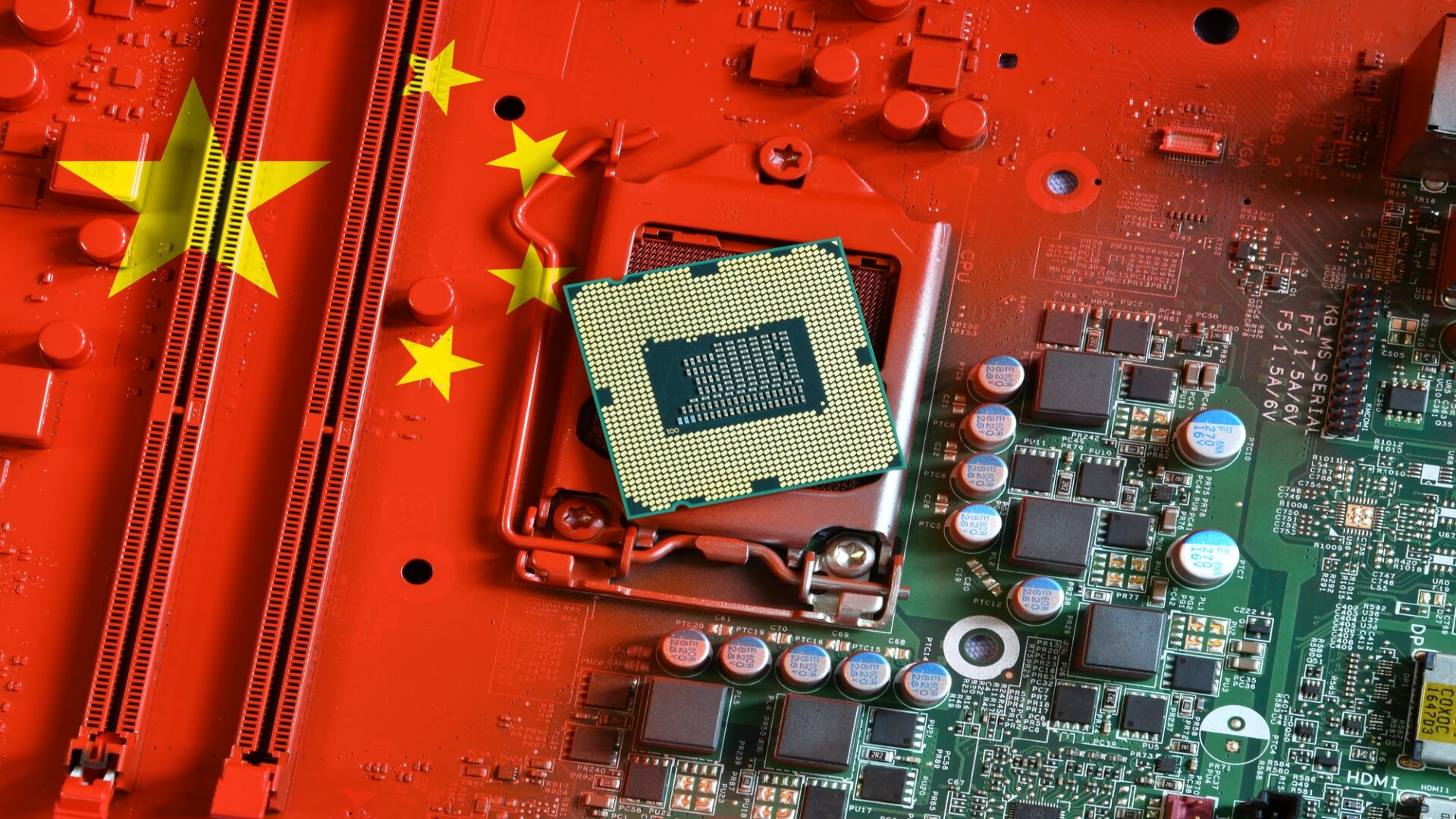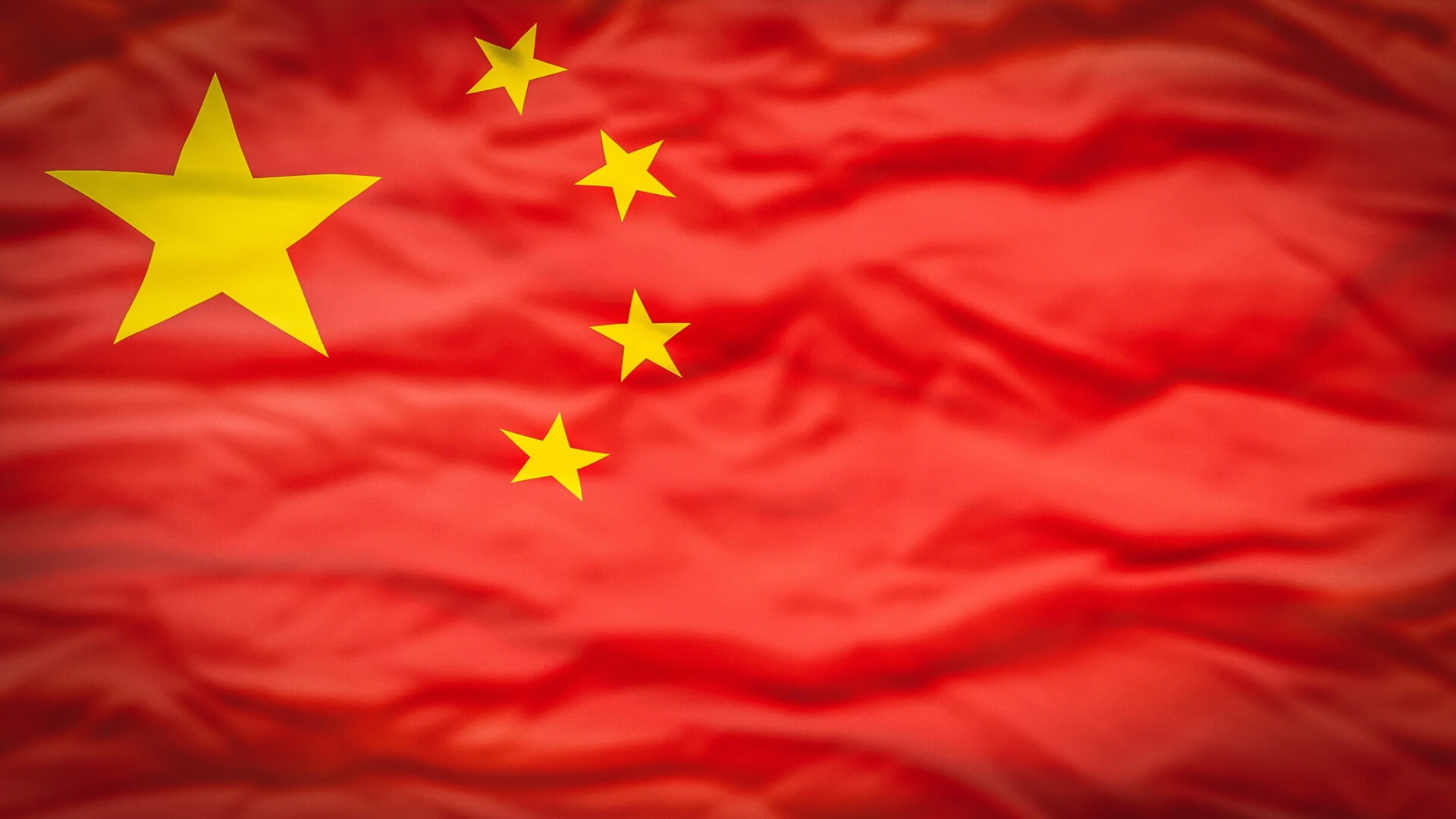The United States is examining how it can address China’s technology dominance. According to a recent report by the Australian Strategic Policy Institute (ASPI), China leads the world in 37 out of 44 critical technologies, with Western democracies falling behind in the race for scientific and research breakthroughs. China is poised to become the world’s top technology superpower, with its dominance already spanning defense, space, robotics, energy, the environment, biotechnology, AI, advanced materials, and key quantum technology. ASPI found the key areas dominated by China technology include drones, machine learning, electric batteries, nuclear energy, photovoltaics, quantum sensors and critical minerals extraction, according to ASPI’s Critical Technology Tracker.
In addition, the Critical Technology Tracker showed that, for some technologies, all of the world’s top 10 leading research institutions are based in China, which collectively are generating nine times more high-impact research papers than the second-ranked country, most often the US. The Critical Technology Tracker also found that the Chinese Academy of Sciences ranks highly, often first or second, across many of the 44 technologies included in the Critical Technology Tracker.
In comparison, the United States leads in just seven critical technologies, including space launch systems and quantum computing, according to ASPI, which receives funding from the Australian, United Kingdom and US governments, as well as from private sector sources including the defense and tech industries. In the report, ASPI made 23 recommendations for Western countries and their partners and allies. These include establishing sovereign wealth funds to fund R&D, facilitating technology visas, “friend-shoring” and R&D grants between nations, and pursuing new public–private partnerships.
To address China’s technology dominance, US President Joe Biden’s administration has initiated a series of export controls and tax incentives aimed at undercutting China’s tech industry and restoring US domestic manufacturing. The US Department of Commerce also added units of China’s genetics company BGI and cloud computing firm Inspur to a trade blacklist for allegedly supporting the Chinese military and facilitating government surveillance. Here is an opinion piece we found of interest relating to the US efforts to address China’s technological dominance.
Biden Is Beating China on Chips. It May Not Be Enough
In an opinion piece “Biden Is Beating China on Chips. It May Not Be Enough” for The New York Times, Dan Wang, technology analyst at Gavekal Dragonomics, argues that the excessive focus of the US on AI and the advanced chip-making capabilities AI requires, although important, may represent a failure to address China’s broad technology strengths. Although China has suffered serious setbacks in chip production, Chinese companies are moving ahead in other sectors. For example, last year China moved ahead of Germany in automobile exports and is on track to overtake Japan as the global leader this year. Most of these exports consist of foreign brands produced in China, but the numbers reflect the deep expertise that Chinese companies have built in the next era of automotive technologies, particularly in car batteries.
Wang adds that it is not only cars where China technology is excelling. Though he believes that the Inflation Reduction Act of 2022 will help build up domestic production capacity in solar and in car batteries, he thinks Congress and the White House would do better to boost other sectors such as biotech manufacturing. As an example, Wang points out that China technology produces much of the supply of active pharmaceutical ingredients, and early in the pandemic, US manufacturers had trouble making essential protective and testing tools such as masks and cotton swabs.
In addition, the pandemic has also demonstrated the need to have a wide range of chips, both cutting edge and basic. Power management chips, for example, are simpler to produce than the graphics-processing units that power AI. Yet without them, Wang believes, production lines making everything from automobiles to medical devices could come to a halt. He suggests that the impact of the US blocking China’s progress on AI and supercomputing, could result in Chinese companies concentrating their efforts on chips for products of daily use. Read the full article in The New York Times.
Disclosure: Fatty Fish is a research and advisory firm that engages or has engaged in research, analysis, and advisory services with many technology companies, including those mentioned in this article. The author does not hold any equity positions with any company mentioned in this article.
The Fatty Fish Editorial Team includes a diverse group of industry analysts, researchers, and advisors who spend most of their days diving into the most important topics impacting the future of the technology sector. Our team focuses on the potential impact of tech-related IP policy, legislation, regulation, and litigation, along with critical global and geostrategic trends — and delivers content that makes it easier for journalists, lobbyists, and policy makers to understand these issues.
- The Fatty Fish Editorial Teamhttps://fattyfish.org/author/fattyfish_editorial/January 19, 2024
- The Fatty Fish Editorial Teamhttps://fattyfish.org/author/fattyfish_editorial/January 3, 2024
- The Fatty Fish Editorial Teamhttps://fattyfish.org/author/fattyfish_editorial/January 3, 2024
- The Fatty Fish Editorial Teamhttps://fattyfish.org/author/fattyfish_editorial/December 31, 2023










